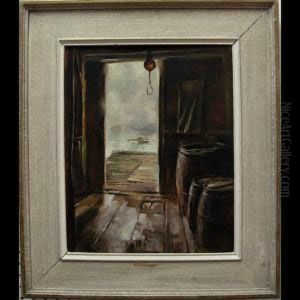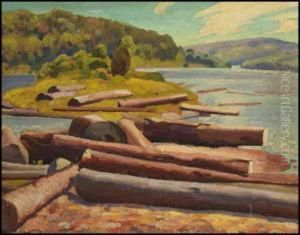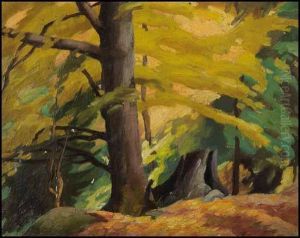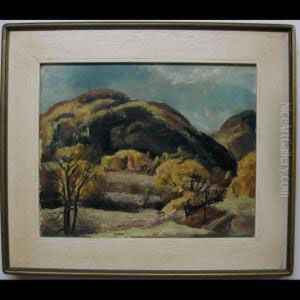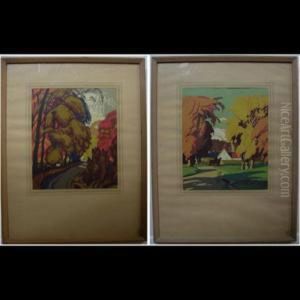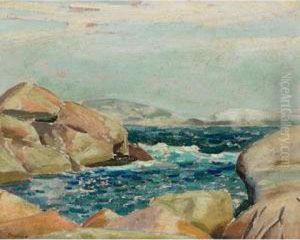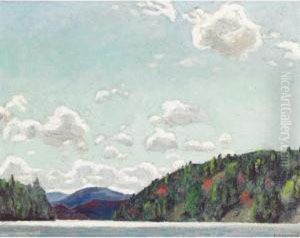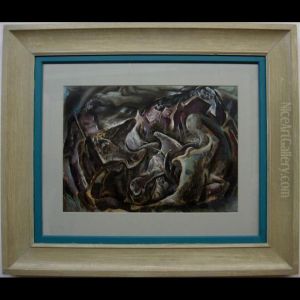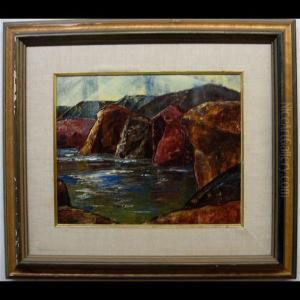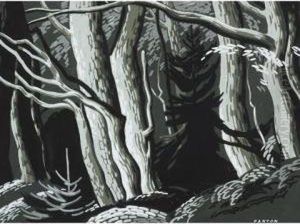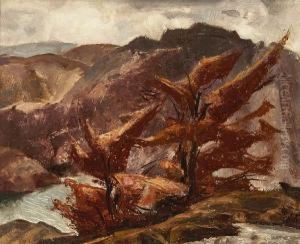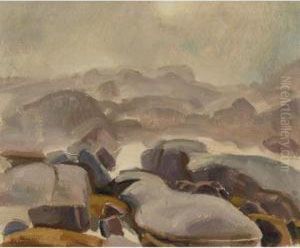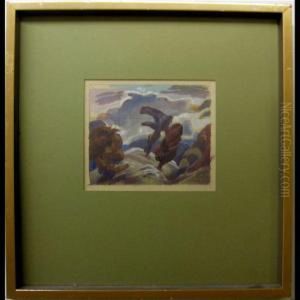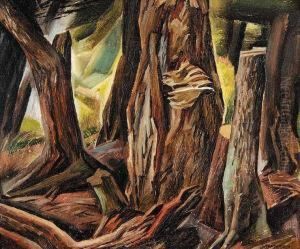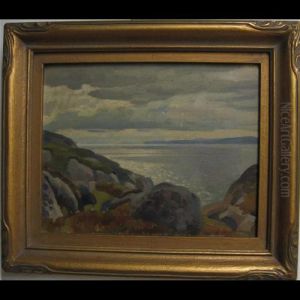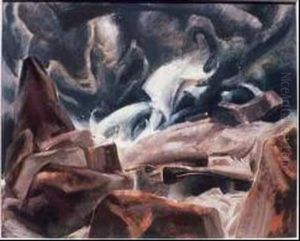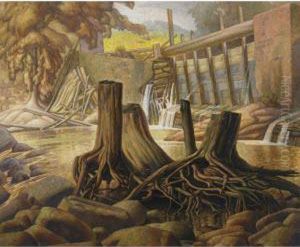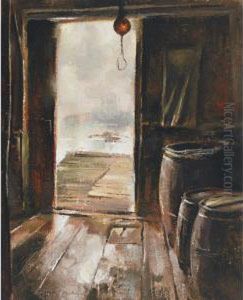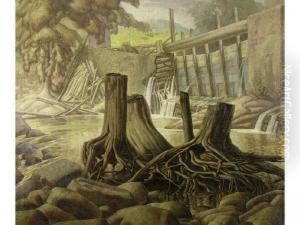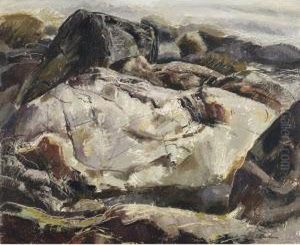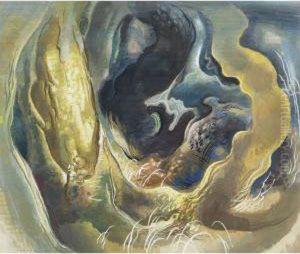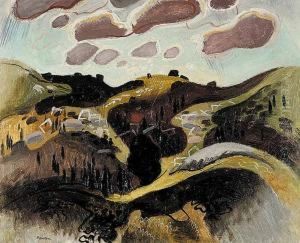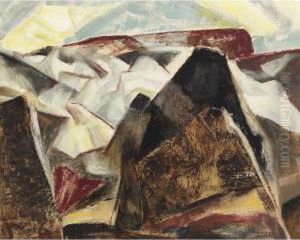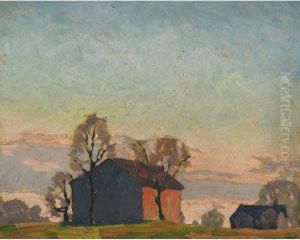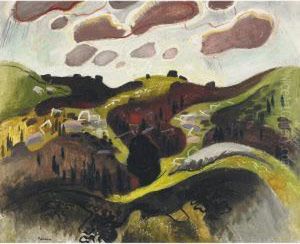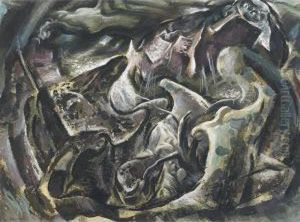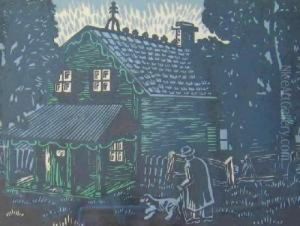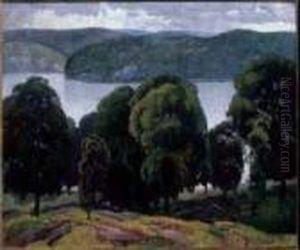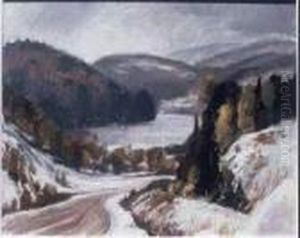Lawrence Arthur C. Panton Paintings
Lawrence Arthur Colley Panton was a Canadian artist known for his landscape paintings and his role in the Canadian art community. Born on August 21, 1894, in Addlestone, Surrey, England, Panton moved to Canada with his family in 1910, settling in Toronto, Ontario. He developed an early interest in art and pursued his education at the Central Technical School under the guidance of Gustav Hahn and later at the Ontario College of Art under J.W. Beatty.
Panton's work is characterized by his depictions of the Canadian wilderness, often painting en plein air to capture the essence of the landscape directly from nature. His style evolved over the years, initially influenced by the impressionist movement and later by the Group of Seven, although he was never an official member of the group. Panton's paintings reflect a strong sense of composition and a vibrant use of color, which brought his landscapes to life and earned him recognition in the Canadian art scene.
During World War I, Panton served in the Canadian Expeditionary Force, which impacted his life and work. After the war, he returned to Canada and resumed his artistic career, becoming an active member of various art organizations, including the Ontario Society of Artists and the Royal Canadian Academy of Arts. He taught at the Ontario College of Art, where he influenced a generation of Canadian artists.
Panton's work was widely exhibited throughout his career, including at the Art Gallery of Toronto (now the Art Gallery of Ontario) and the National Gallery of Canada. He also participated in exhibitions abroad, sharing Canadian art with a broader audience. Panton's dedication to capturing the Canadian landscape made a significant contribution to the country's artistic heritage.
Lawrence Arthur Colley Panton died on December 21, 1954, in Toronto. His legacy lives on through his numerous paintings that continue to be admired for their beauty and historical significance in representing early 20th-century Canadian art.
